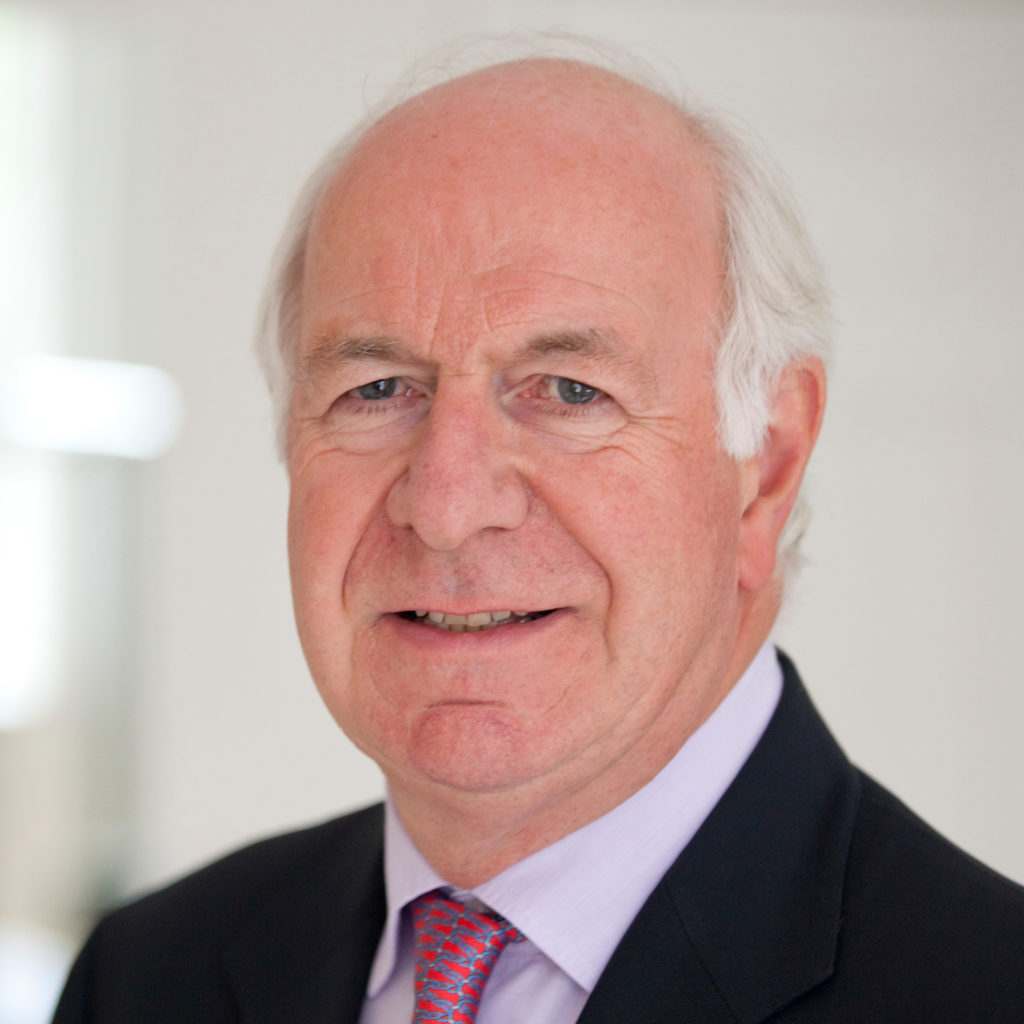Case history
A girl aged 15 years and 2 months is referred to the Endocrine Clinic for short stature and delayed puberty.
Read the patient information below and answer Question 1.
Early history
Early history
- Born in Malaysia
- Full term, unknown birth weight, reported as “average”
- Diagnosed with asthma at age 2 months
- Immigrated to Canada at age 2 years
Health and medication history
Health and medication history
- Previous health issues: recurrent right ear infections
- No known allergies
- Immunizations are up to date
- No history of head trauma
- No regular medications, but occasional salbutamol for cold-induced asthma
- Operations: right ear cholesteatoma requiring tympanomastoidectomy
- Computed tomography after surgery to look at the mastoid bone found possible Chiari malformation, but no follow-up MRI to confirm
School history
School history
- Average grades, but feels she has to work harder than peers
- Has a few friends, reports bullying from other students about her height
- Extracurricular activities: dance
Family history
Family history
- Mom 150.9 cm, delayed menarche at age 14–15 years
- Dad 168.5 cm, average age for puberty history
- Mid-parental height centile: just below 10th
- Two older sisters, age 18 and 20 years, both had menarche at age 12 year
Question 1.
What would your differential diagnoses be?
- Constitutional delay of growth and puberty
- Turner syndrome
- Chronic condition, with malnutrition i.e. Celiac disease
- Hypopituitarism
The role of the nurse
The nurse is pivotal in providing quality healthcare for adolescent patients while communicating in an appropriate intellectual level. They must also appreciate the adolescent’s vulnerability and inexperience with the healthcare structure, their need for respect, privacy and confidentiality, and their developing need for independence.
Vulnerability
A medical diagnosis may make the adolescent feel vulnerable. Nurses should make the patient and family aware of any services that may be available for them. These services may include: support groups, measures to help them attend appointments, and access to treatments.
Respect
The attitude of the healthcare staff should be respectful, supportive, and honest. Adolescents are particularly sensitive to the behaviour of others.
Privacy
During adolescent development, privacy is a very important aspect of their interactions with the healthcare system. A routine examination may be a source of embarrassment and may be very stressful for the adolescent. Offer privacy for undressing (such as behind a curtain, or alone in the examination room) and a gown to cover themselves.
Communication
The nurse should speak to the adolescent with respect, as well as clarity and honesty. They should make sure that the discussion is age appropriate, and give the adolescent the opportunity to ask questions. The nurse should also offer adolescents the opportunity to be involved in the decision-making about investigations and their treatment options.
Testing/diagnosis
Question 2.
Which laboratory tests do you think are needed to refine the diagnosis?
- Complete blood count, C-reactive protein
- Puberty hormones; LH, FSH, Estradiol
- Androgen panel; cortisol, androstendione, 17OH-P (hydroxiprogesterone), DHEA-S (dehydroepiandrosterone)
- Electrolytes, creatinine, TSH and FT4 (Free T4)
- Chromosone analysis (Karyotype)
Question 3.
What other tests would you carry out?
- Bone age
- Laboratory tests
- Genetic testing
- Pelvic ultrasound
- MRI of pituitary
On examination of the patient
- Height 132.5 cm (<1% for age, –4.35 SD)
- Weight 29.5 kg (<1%,–-3 SD)
- BMI 16.9 m2 (7%)
- Puberty Tanner stage: Axillary hair 1, Breast 1, Pubic hair 1
- Blood pressure: 84/58 mmHg (<90% for age and height)
Treatment plan
Laboratory investigations ordered, as well as bone age X-ray and pelvic ultrasound.
Results
| Test | Result | Range | Interpretation |
|---|---|---|---|
| LH | <1 IU/L | 1–54 IU/L | Abnormal |
| FSH | <1 IU/L | 2–33 IU/L | Abnormal |
| Estradiol | <19 pmol/L | 90–1500 pmol/L | Abnormal |
| Electrolytes | Normal | ||
| DHEA-S | <0.4 µmol/L | 1.5–13 µmol/L | Abnormal |
| TSH | 0.02 mIU/L | 0.2–4.0 mIU/L | Abnormal |
| FT4 | 5.6 pmol | 10–25 pmol/L | Abnormal |
| Prolactin | 21 µg/L | 4–25 µg/L | Normal |
| AM cortisol | 59 nmol/L | 170–500 nmol/L | Abnormal |
| IGF-1 | 17 µg/L | 121–564 µg/L (age) 62-504 µg/L (bone age) |
Abnormal |
| C-reactive protein | 0.1 mg/L | 0–8 mg/L | |
| CBC | Normal | ||
| Iron studies | Normal | ||
| Celiac screen | Negative | ||
| Karyotype | XX |
Bone age: Chronologic age of 15 years 2 months with bone age of 10 years
Pelvic ultrasound: Small uterus with no visible endometrium, right ovary small (0.33 mL), left ovary not visualized
Question 4.
Which diagnoses are confirmed/refuted?
- Turner syndrome
- Constitutional delay
- Panhypopituitarism
- Other diagnosis
- Turner syndrome – Refuted
- Constitutional delay – Refuted
- Panhypopituitarism – Confirmed
- Other diagnosis – Refuted
Question 5.
What tests are needed to further refine the diagnosis?
- GnRH stimulation/provocative testing (Gonadotropin Releasing Hormone)
- Growth Hormone stimulation/provocative testing
- Cortrosyn stimulation/provocative testing
GnRH stimulation/provocative testing (Gonadotropin Releasing Hormone)
Follow-up plan: Endocrine stimulation/provocative tests
Results
| Test | Baseline | 30 minutes | 60 minutes | 90 minutes | Interpretation |
|---|---|---|---|---|---|
| 1 mcg Cortisol | 65 nmol/L | 183 nmol/L | 221 nmol/L | Suboptimal | |
| Arginine | 0.1 µg/L | <0.1 µg/L | 0.1 µg/L | 0.1 µg/L | No response |
| L-dopa/propanolol | 0.1 µg/L | 0.1 µg/L | 0.2 µg/L | 0.1 µg/L | No response |
MRI: Absent pituitary infundibulum and hypoplastic anterior pituitary gland in the pituitary fossa
Question 6.
What is your final diagnosis?
- Constitutional delay of growth and puberty
- Turner syndrome
- Chronic condition, with malnutrition i.e. Celiac disease, anorexia nervosa
- Panhypopituitarism
Panhypopituitarism
Management
Question 7.
What is your management plan and in what order would you do this?
- Start glucocorticoid replacement
- Start growth hormone replacement
- Start thyroid replacement
- Start puberty induction
- Start glucocorticoid replacement
- Start thyroid replacement
- Start growth hormone replacement
- Start puberty induction
Management plan
Started on hydrocortisone 10mg three times daily for 1 week, then started on levothyroxine 50 μg/day.
Started on recombinant human growth hormone 0.18 mg/kg per week (0.026 mg/kg per day) at 1 month after the Free T4 level had increased into the normal range.
Three-month update
Continued on hydrocortisone, levothyroxine, and growth hormone with excellent compliance.
Latest bone age at chronological age 17 years and 5 months is 12 years.
There was discussion with the parents and patient about maximising growth potential before introducing oestrogen, but patient was started on oestrogen replacement (oestradiol transdermal patch 0.375 mg/day) for psychosocial reasons.


